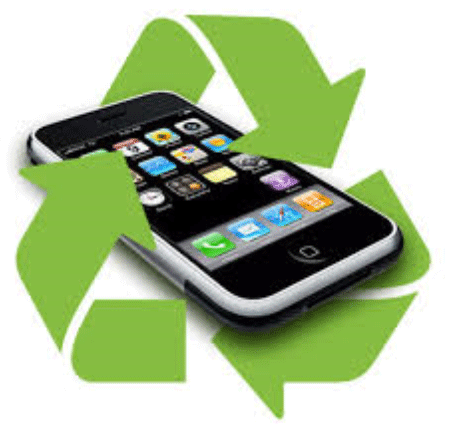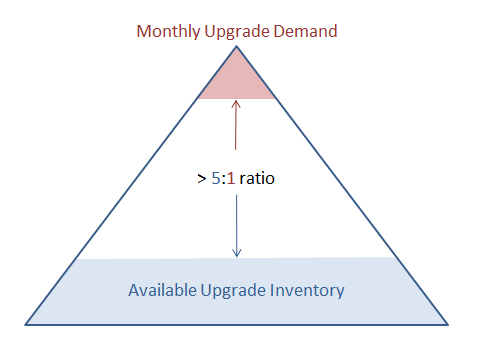Paying for Services You Don’t Need
How Much Are You Throwing Away Monthly?
Every carrier bill is littered with forgotten or unnoticed features that are no longer needed or used. Carriers can’t know if a feature is no longer needed and are happy to include them in each monthly bill. Because feature charges recur monthly, it doesn’t take long for wasted spending to add up. The problem is that if your company doesn’t have a way to track or identify these unneeded features, they will continue to bill unnoticed. Too often the benchmark of successful mobility management is to compare previous month spending. If an invoice is consistent with previous month billings this is often deemed adequate. An uptick in billings will draw immediate attention but stable spending becomes a false assurance that spending is under control.
There are two categories of feature expense that are deserving of attention. First are the usage-based features. These would include functions such as messaging, data, and international features. Because overage charges can be painful, there is frequently a tendency to overshoot on the feature tier selected. Rarely do companies have effective procedures to monitor these devices as usage drops below their peak. They are often sized based on these peak usage months and, as long as peak usage is a recurring event, then this strategy may work. However, some percentage of devices will return to a lower usage rate or even stop using features as the carrier invoice continues to bill at an elevated feature level and cost.
The second category of unneeded features includes those for which there is no usage tracking such as insurance and navigation. There are also other monthly recurring services lurking where an employee may intentionally or unintentionally register by responding to a solicitation. Some services like navigation may be sanctioned for certain mobile employee job functions although all smartphones today have spoken navigation as a base map application. Others such as ‘Daily Horoscope’ are clearly not. We usually recommend against carrier insurance because it is most often more cost-effective to self-insure.
Monitoring Usage-Based Features – Invoices are good at letting us know when feature levels are too low with overage penalties but they are silent in regards to under use. Because messaging has become a more valuable business tool, some companies will include messaging on all company devices. While this is simple to implement, it can result in monthly unneeded expense. If you have 10% of your employees not utilizing messaging but paying an average of $10/month for that unneeded service those charges can add up. For a company with 2000 cell phones that represents $2000/month or $24,000/year in unneeded carrier expense. However, we would not usually advise dropping a messaging feature without several months of contiguous usage data indicating a pattern of non-use. Mobility Managed Solutions (MMS) are oriented to monitoring monthly usage and tracking trends over time to permit easier decision making on removing or reducing features to lower carrier costs.
Non-Usage-Based Features – The most frequently identified savings opportunity here comes from insurance charges. For families or small companies with a limited number of wireless devices, insurance can be cost effective because there isn’t a large base over which you can spread the risk. One company with 150 devices was paying over $400/month in insurance fees. Most of these insurance programs come with a deductible if the device is damaged or lost. While this can reduce the sting of paying retail for a lost device, it also can add up over time. In this scenario the company is paying nearly $5,000 a year to manage risk. To break even on this proposition they would need to be replacing 8-10% of their devices annually – a number higher than the industry averages. A better solution is to self-insure, particularly when making use of buddy upgrades or recycling used assets as a way to avoid paying full replacement cost when there is a need for a non-warrantee replacement.
Monitoring unneeded features can reduce the slow trickle of payments to your carrier that you shouldn’t be making. While there are other savings initiative that can contribute a higher level of savings (see our previous tips on these topics), paying for things that you don’t need can present a proportionately higher degree of angst. We find that a careful process of identifying and terminating unneeded features can reduce your invoice 1-2%. For companies with 1,000 mobile devices and annual carrier bills of $800K, that would be $8,000, which is no small amount.

